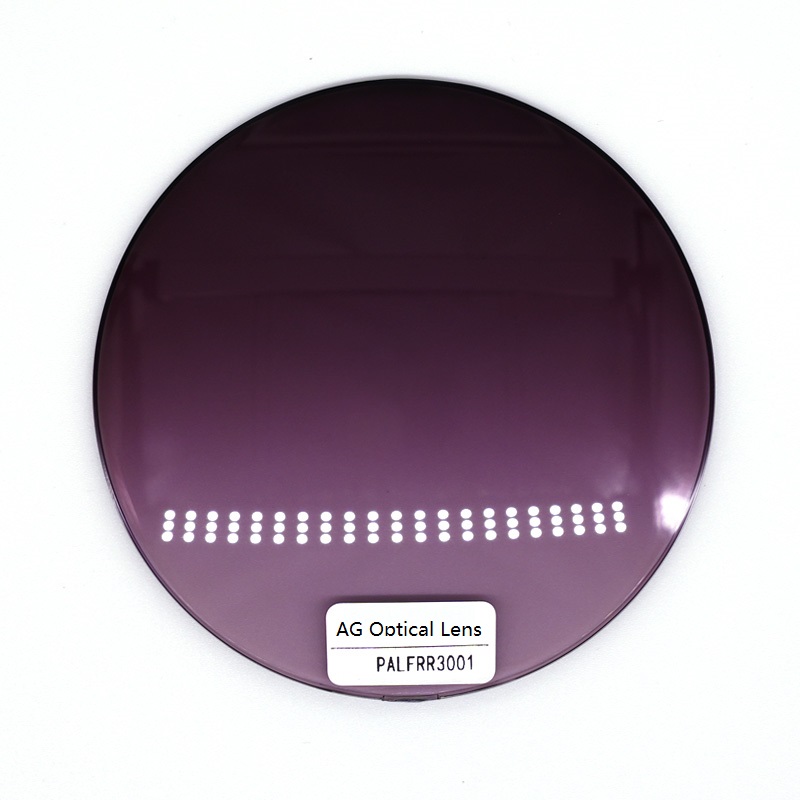Raw materials and manufacturing process of optical lenses
Optical glass is made of high-purity silicon, boron, sodium, potassium, zinc, lead, magnesium, calcium, barium and other oxides mixed according to a specific formula, melted at high temperature in a platinum crucible, stirred evenly with ultrasonic waves to remove air bubbles; Cool down slowly over time to avoid internal stress on the glass block. After cooling, the glass block must be measured by optical instruments to check whether the purity, transparency, uniformity, refractive index and dispersion rate meet the specifications. Qualified glass blocks are heated and forged into optical lens blanks.
Optical lenses produced by optical lens manufacturers refer to lens materials used to manufacture lenses, prisms, mirrors, windows, etc. of optical instruments or mechanical systems. Including colorless optical lenses (usually referred to as optical lenses), colored optical lenses, radiation-resistant optical lenses, radiation-proof lenses and optical quartz lenses. Optical lenses have a high degree of transparency, a high degree of chemical and physical (structure and performance) uniformity, and have specific and precise optical constants. An inorganic lens-like material that transmits light by refraction, reflection, transmission, or changes the intensity or spectral distribution of light by absorption. Has stable optical properties and high optical uniformity.

Optical lenses are mainly made of high-quality quartz sand. Appropriately add excipients. Due to the high refractive index, low dispersion and good chemical stability of rare earths, optical lenses can be produced for the manufacture of lenses for advanced cameras, video cameras, telescopes and other advanced optical instruments. The raw materials for the production of optical lenses are some oxides, hydroxides, nitrates and carbonates, and according to the requirements of the formulation, phosphates or fluorides are introduced. In order to ensure the transparency of the lens, the content of colored impurities, such as iron, chromium, copper, manganese, cobalt, nickel, etc., must be strictly controlled. When ingredients are required, accurate weighing and uniform mixing are required. The main production processes of optical lenses are melting, forming, annealing and inspection.
